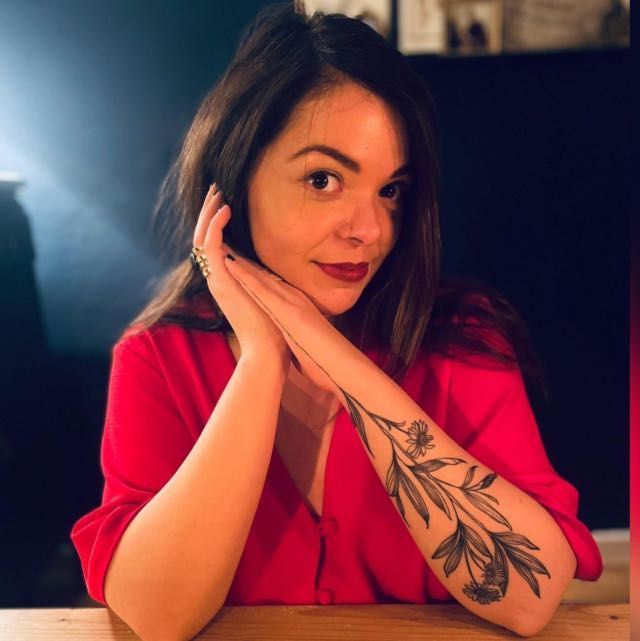Amid the pandemic, ubiquitous video tours and online viewing rooms have had mixed success in recreating real-life exhibitions. But on Instagram, rather than simulating events, accounts have been experimenting with the exhibition format.
Art meme account Freeze Magazine (@freeze_magazine) has collaborated with the curator and lecturer Andy Marsh on Curated Playlists, in which guest curators select album covers based on the art rather than the music. Every few days an exhibition is posted on its Instagram stories and the exhibitions remain as highlights on Freeze Magazine’s profile. The account has now hosted around 13 exhibitions and has an open call for submissions. On the first story screen, there’s an explanation of the concept behind the series, along with the name and account handle of the curator and their show’s title. The exhibitions have averaged around 2,000 views, Freeze Magazine’s anonymous founder says.
Guts Gallery (@guts_gallery)—a nomadic gallery that focuses on under-represented and emerging artists—uses the Instagram grid for its exhibitions. It held its first Instagram-only show, When Shit Hits the Fan, during the first UK lockdown in March 2020 and launched its third on 4 February. Each artist gets an image with their name and biography in the caption, then one or two images of the work they are showing. The works have a white background “a bit like a wall”, says Ellie Pennick, the gallery’s founder and director, who conceived the idea with her artist partner and co-curator Jen O’Farrell.
Guts Gallery shows are billed as “one-night-only exhibitions” (in reality, they continue on their website for a few weeks) but they function almost as a replacement for private views. Each square in the exhibition’s grid is published within a few minutes of the last on a set night at a set time, unfolding almost as if you were walking around a gallery. “We do a countdown and create a bit of momentum for the night,” says Pennick. Each artist chooses a song to accompany their work—an opening night playlist. “A lot of the artists and friends involved were actually messaging us on the night saying: ‘We’ve got the playlist on and we’re having a glass of wine.’ And we were critiquing the work as it went up,” says O’Farrell.
There are obvious benefits to an Insta-only show: low costs, international reach, the speed of the platform (god bless the DM). But there are cons, too. Job roles are stretched: gallerists and curators suddenly become designers and social media managers, Pennick and O’Farrell say. Plus, you’re not just competing with local galleries for visitors, but billions of other Instagram posts. Freeze Magazine’s founder also points to another sad reality: “It’s challenging to be considered an artistic or curatorial practitioner in the art world when your practice is digital-first.” But as the art world clamours online, how much longer can such snobbery last?


